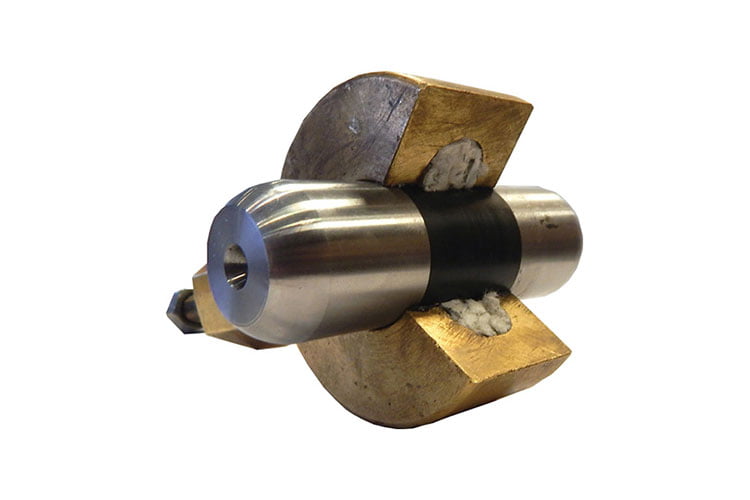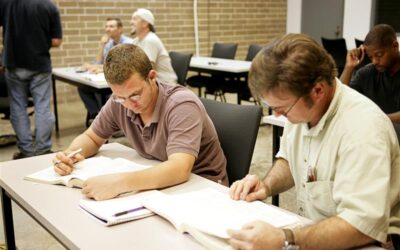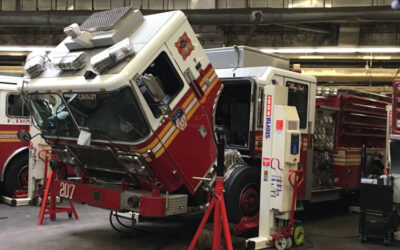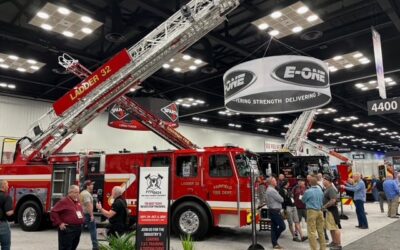By: Darley Team
Question: Why is the drip rate between five and 60 drops on Darley pumps equipped with packing rather than a mechanical seal such as our Darley P100 pump and P6 pumps that you build for the US Navy and US Coast Guard?—DCC Chief Petty Officer Jim Wingate, US Coast Guard
Answer: We have found that if the drip rate is less than five drips per minute, not enough water is passing through between the packing and the shaft to properly lube and cool the area. It will also act like a brake on the shaft—making it hard to turn and more difficult to start the engine. Without enough drip rate, the friction between the rotating shaft and the stationary packing will cause the shaft to wear quickly as well as heat up the shaft and packing to the point of melting the lubricant out of the packing. If the pump is run long enough without enough cooling, it can even heat the shaft to the point that it will cause damage to the shape of the shaft. If the shaft becomes worn or misshapen (out of round), the packing drip rate will not stabilize, blowing the packing out very quickly, and too much water will then flow through.
Too fast of a drip rate can also be bad. The 60 drips per minute is a little more forgiving than the five drips per minute but should still be used as a limit for a maximum drip rate to be allowed. Packing that is adjusted too loose can allow air to be sucked in through the packing during priming, reducing the height that at which the pump can be primed. This will also negatively affect the pump performance if the pump is able to be primed. When the drip rate starts to exceed the 60 drips per minute (or one drip per second) the speed and force of the water flowing between the shaft and packing can wash the packing material out quickly, creating voids around the shaft. Once voids are formed, water flows through the voided areas very easily, but may not be cooling the packing in other areas. The water flowing through the voided area will rapidly erode the packing from both sides of the void, increasing the void’s size until the packing is potentially completely washed out. It can take several pellets of packing to be injected while the pump is running slow and flowing water to work out all of the voids once they have formed. Also, without packing all the way around the shaft in the stuffing box, there is nothing protecting against pump pressure forcing the shaft to one side, contacting the stuffing box, and causing rapid wear. As wear increases the space between the shaft and the stuffing box, it will become harder and harder to get the packing to hold adjustment until it will not hold adjustment at all. When this happens, the pump will need to be rebuilt, replacing at least the stuffing box and shaft.
When adjusting the packing drip rate, follow the packing adjustment instructions, 1200504, to adjust as close to the five drips per minute as practical. This will allow the longest run time possible before needing adjustment again.
For more from Darley engineers, visit https://www.darley.com/pumps/entry/just-ask-engineering-why-this-drip-rate.







